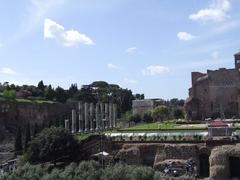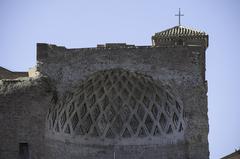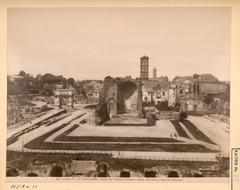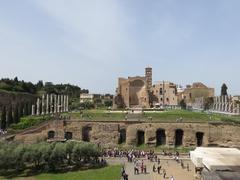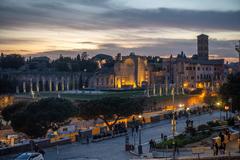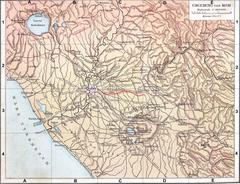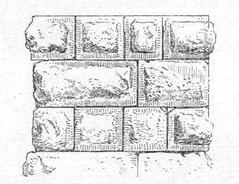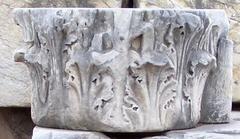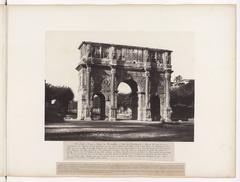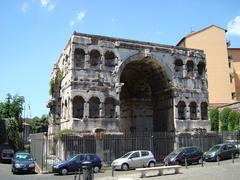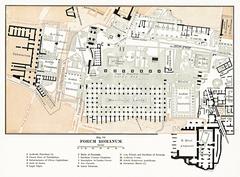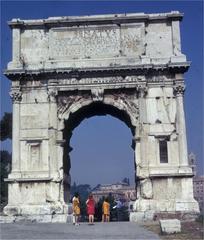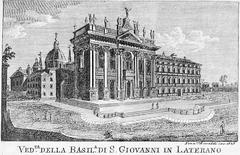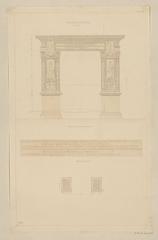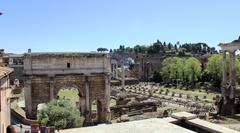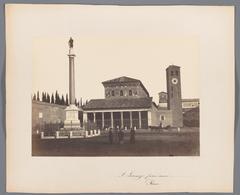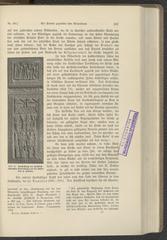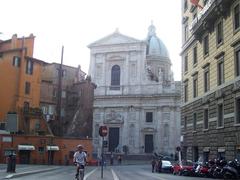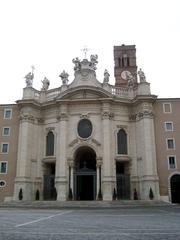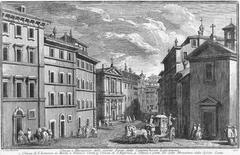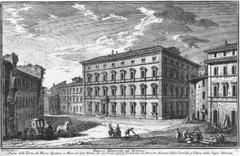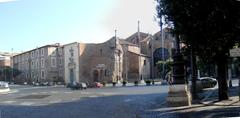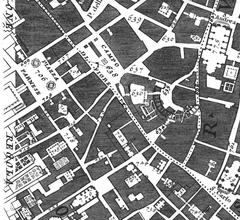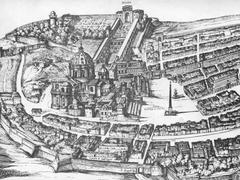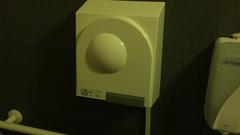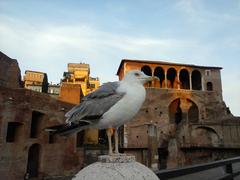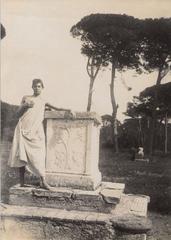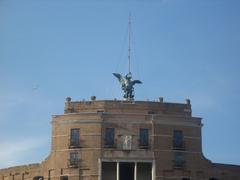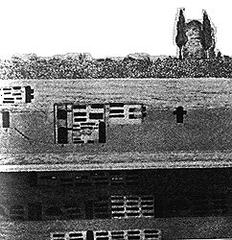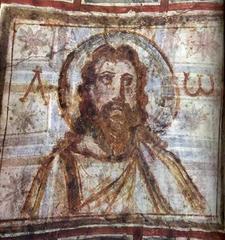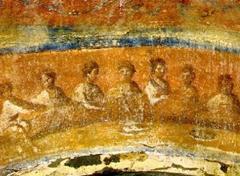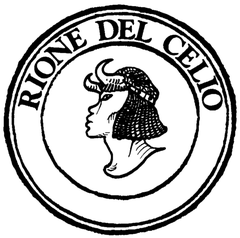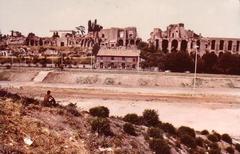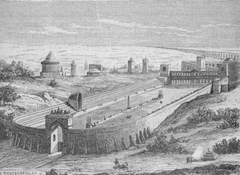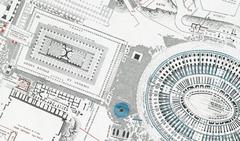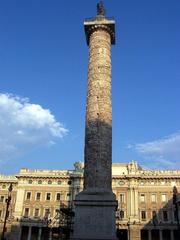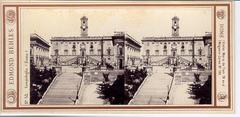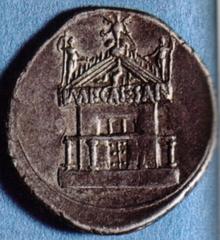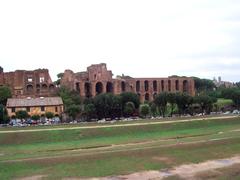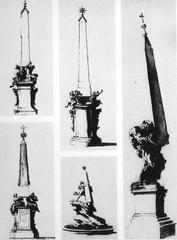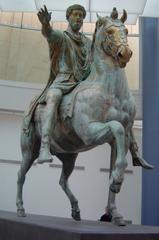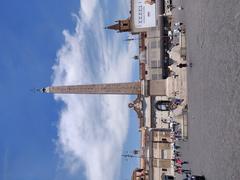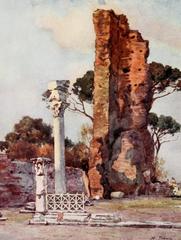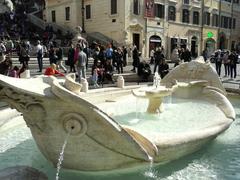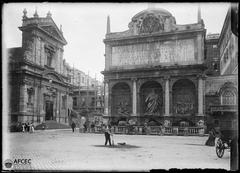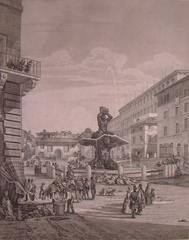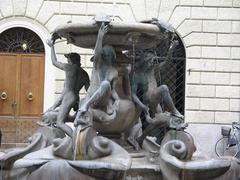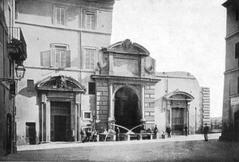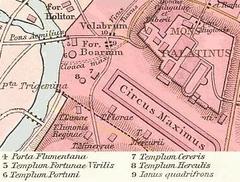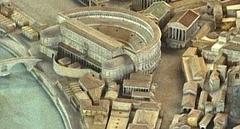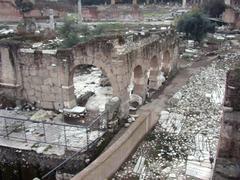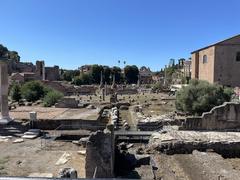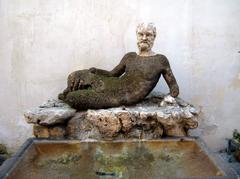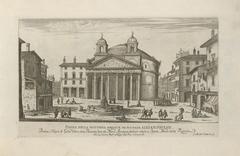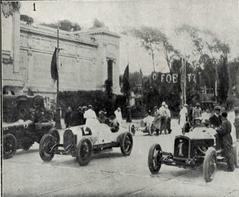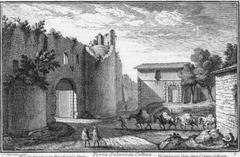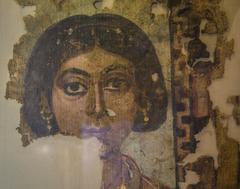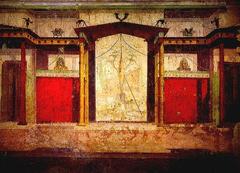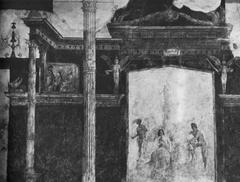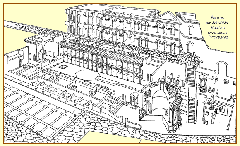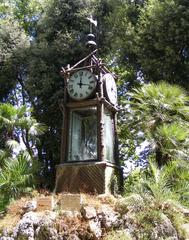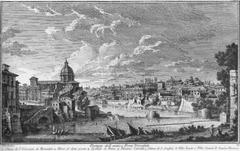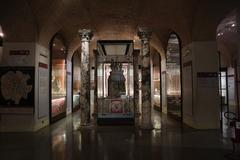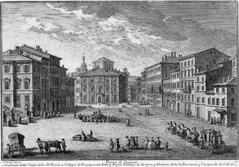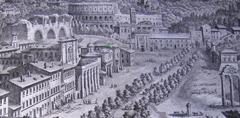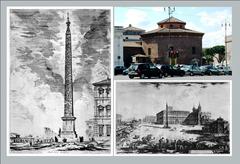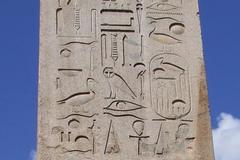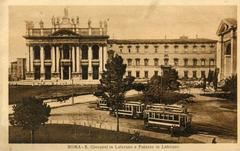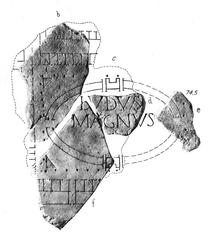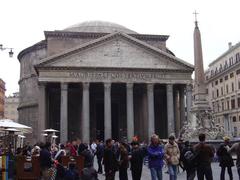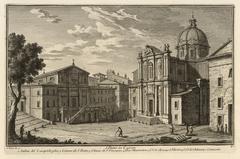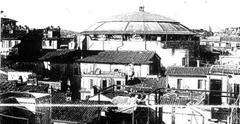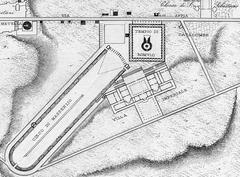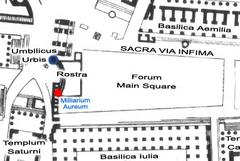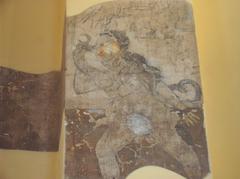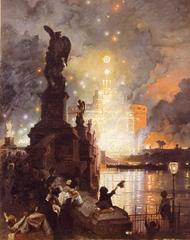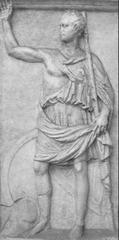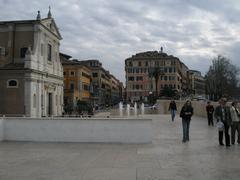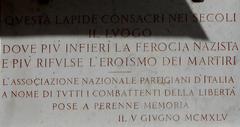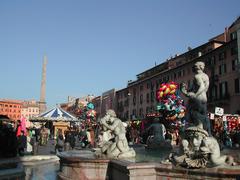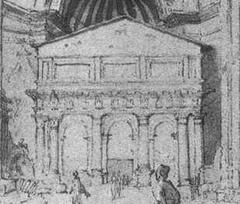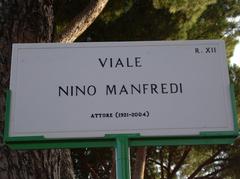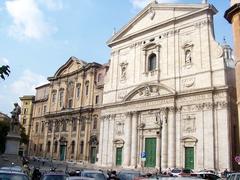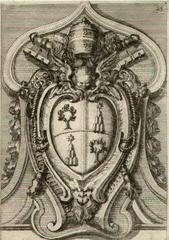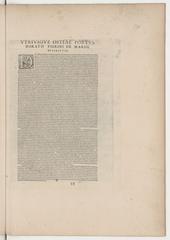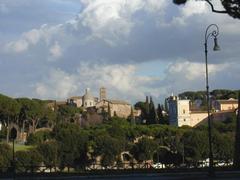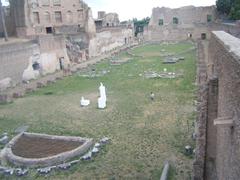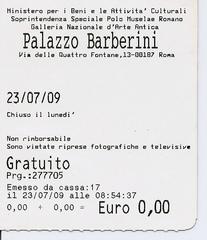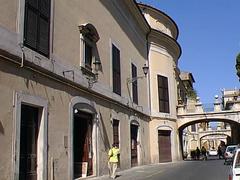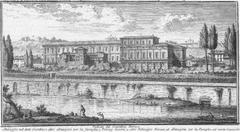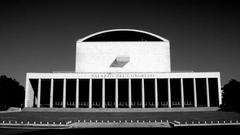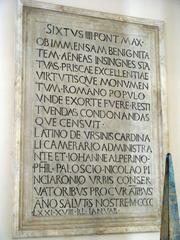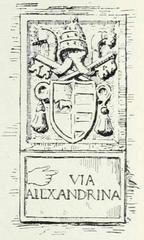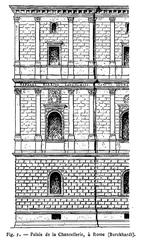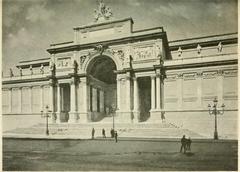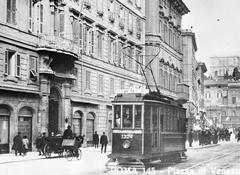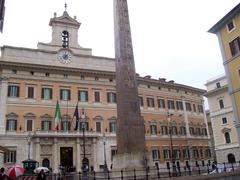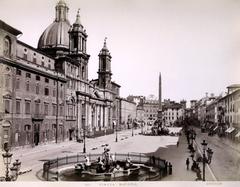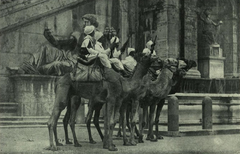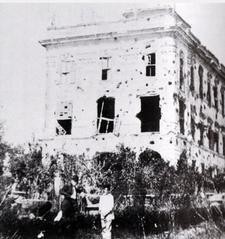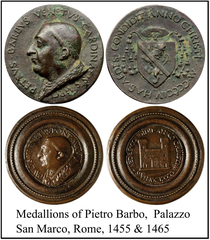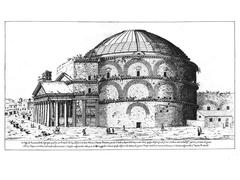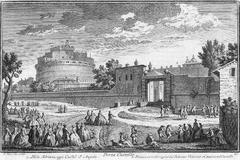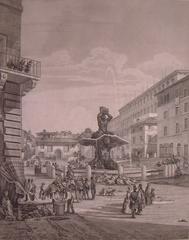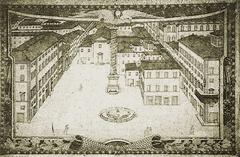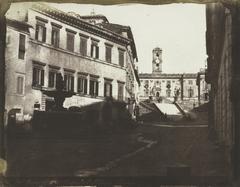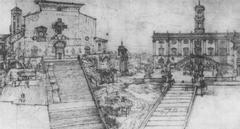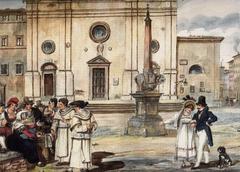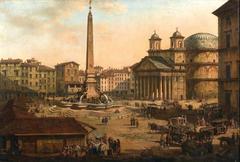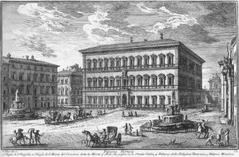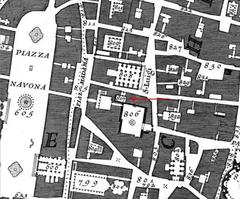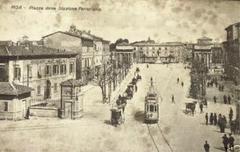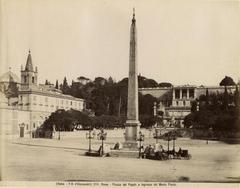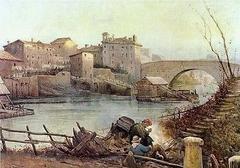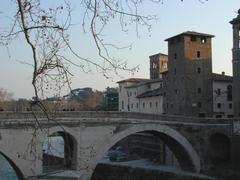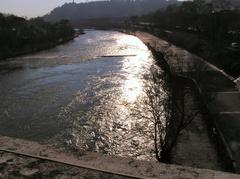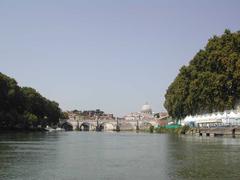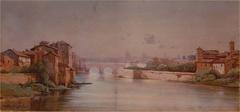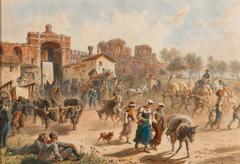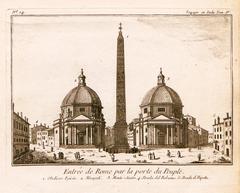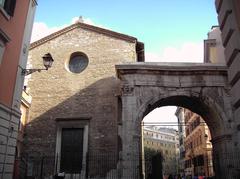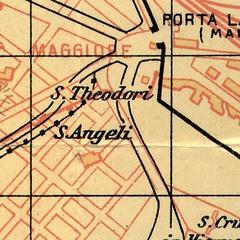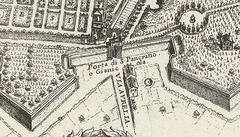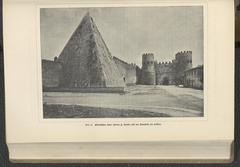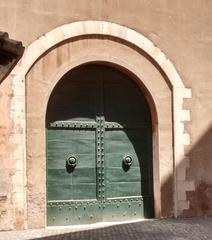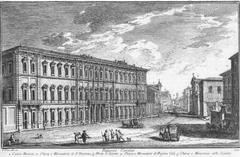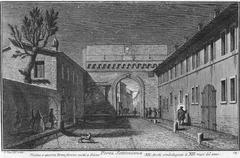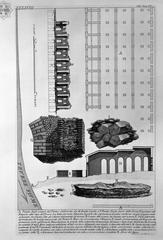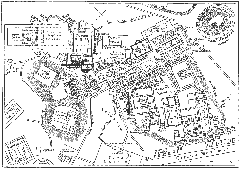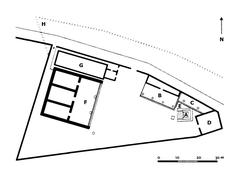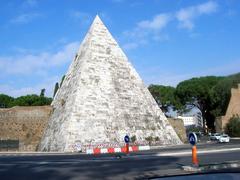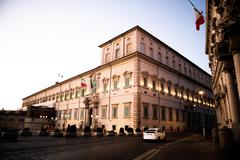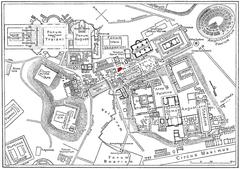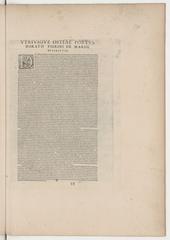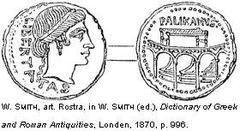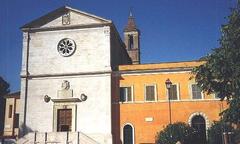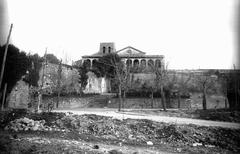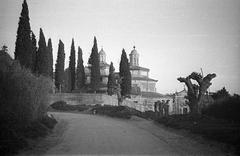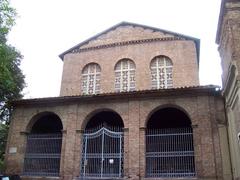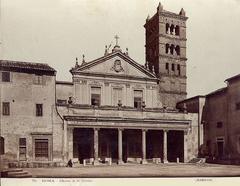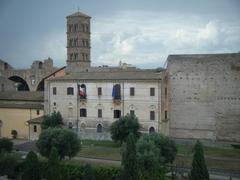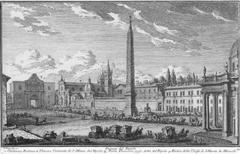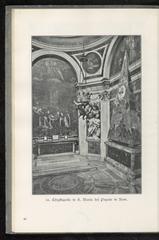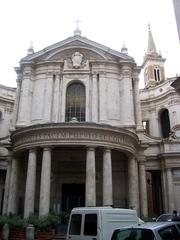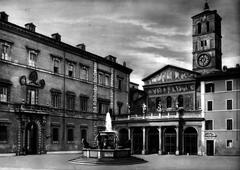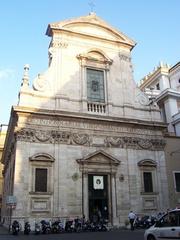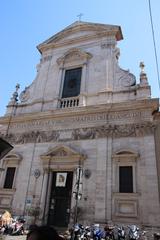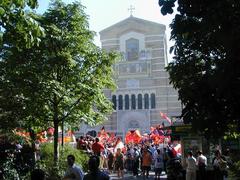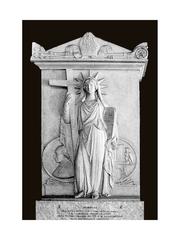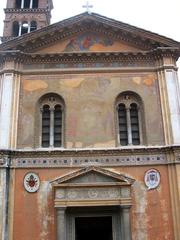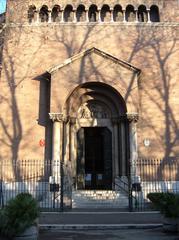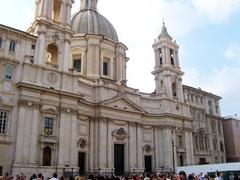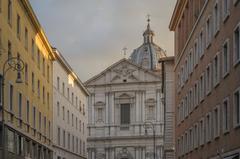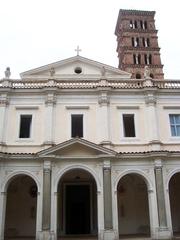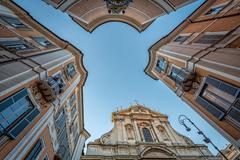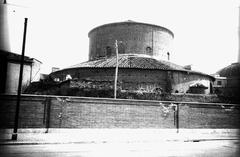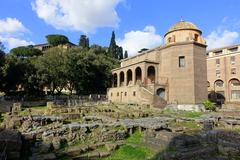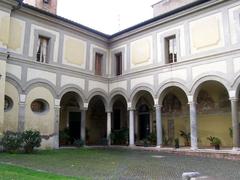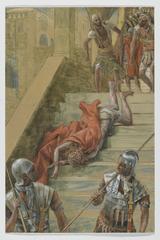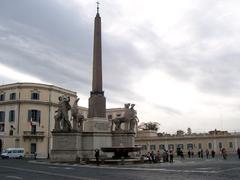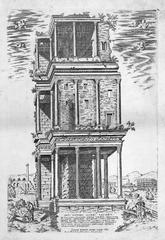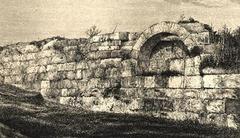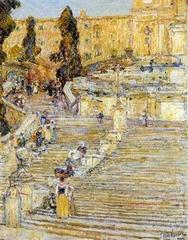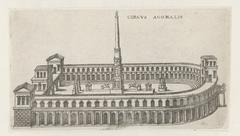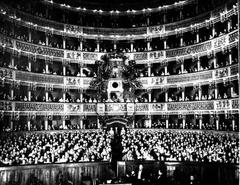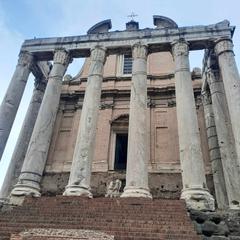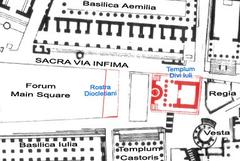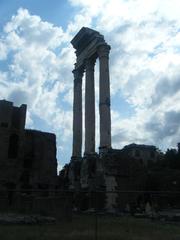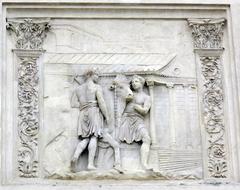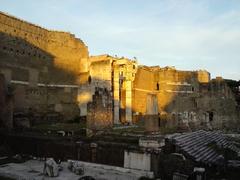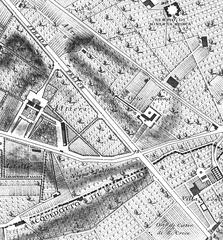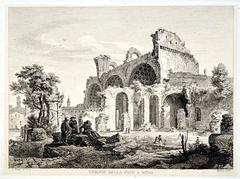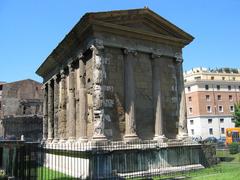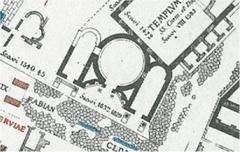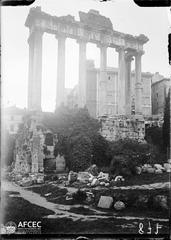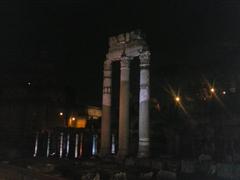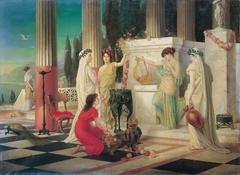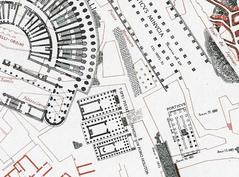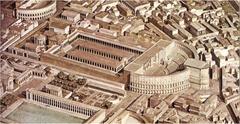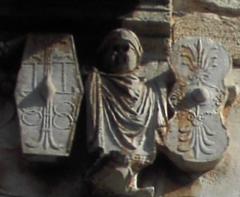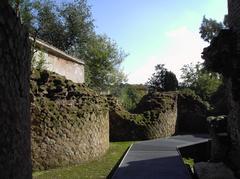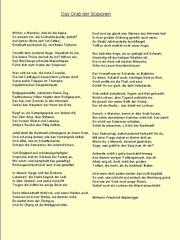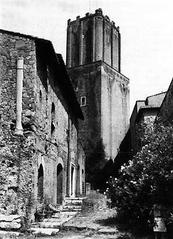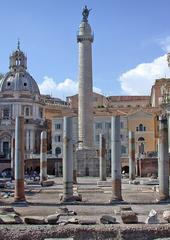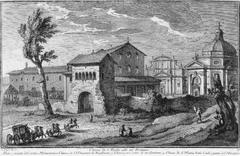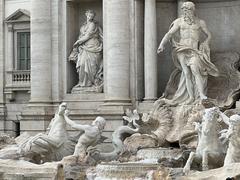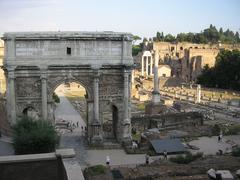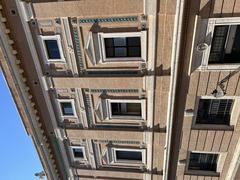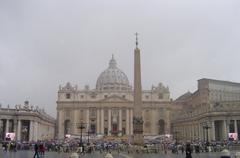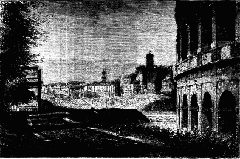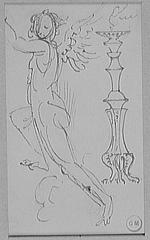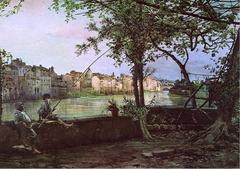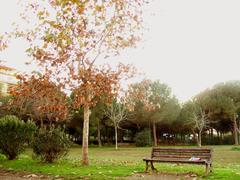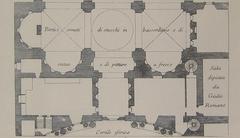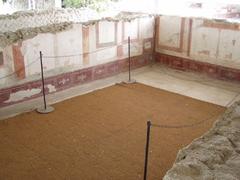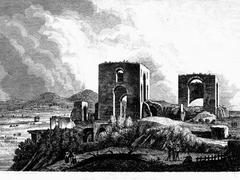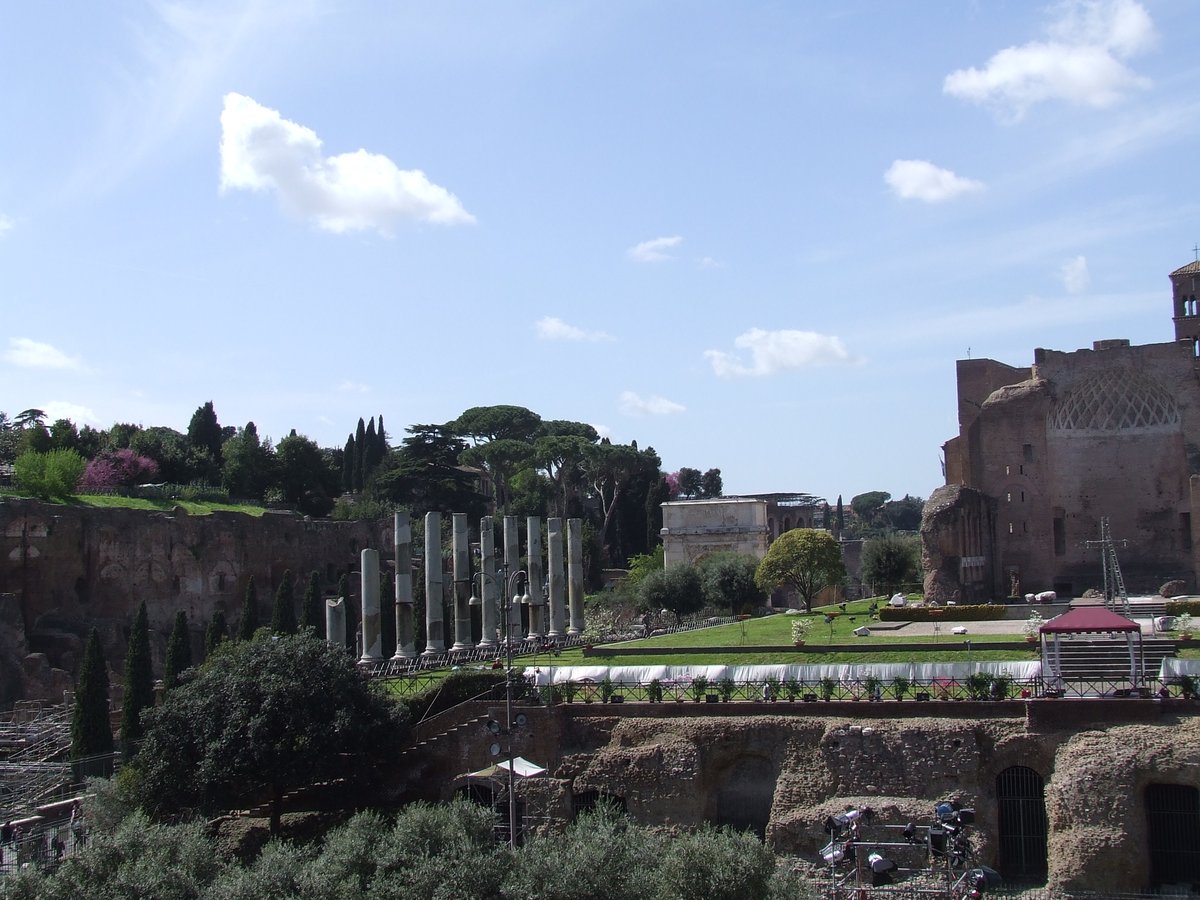
Visiting Hours, Tickets, and Travel Tips for Tempio di Venere e Roma, Rome, Italy
Date: 31/07/2024
Introduction
The Tempio di Venere e Roma, or the Temple of Venus and Rome, stands as a monumental testament to the architectural and cultural grandeur of Ancient Rome. Conceived by Emperor Hadrian in AD 121 and completed by his successor Antoninus Pius in AD 141, this temple is the largest in Ancient Rome, symbolizing the city’s imperial power and religious devotion. (History Hit, Wikipedia). Located on the eastern side of the Roman Forum, between the Basilica of Maxentius and the Colosseum, the temple was dedicated to two significant deities: Venus Felix, the goddess of love and fortune, and Roma Aeterna, the personification of eternal Rome. This dual dedication highlights the religious syncretism of the time and underscores the political propaganda of the Roman Empire, emphasizing both divine favor and the eternal nature of Rome. The temple’s architectural design, influenced by Greek styles, and its historical significance make it a must-visit site for anyone exploring the Eternal City. (Sygic Travel, History Hit, Wikipedia).
Table of Contents
- Introduction
- History of the Tempio di Venere e Roma
- Visitor Information
- Nearby Attractions
- Accessibility
- FAQ
- Conclusion
History of the Tempio di Venere e Roma
Origins and Construction
The Tempio di Venere e Roma, known in Latin as Templum Veneris et Romae, is the largest temple in ancient Rome. It was dedicated to Venus Felix (Venus the Bringer of Good Fortune) and Roma Aeterna (Eternal Rome). The construction began in AD 121 under Emperor Hadrian, who was also its designer. The temple was officially inaugurated by Hadrian in AD 135, but the construction was completed in AD 141 under his successor, Antoninus Pius. (History Hit)
Before the temple’s construction, the site was occupied by the atrium of Nero’s Domus Aurea, which housed a colossal bronze statue of the emperor. Hadrian repurposed this statue, dedicating it to the sun god Sol and relocating it with the help of twenty-four elephants. (Wikipedia)
Architectural Design
The temple’s design was heavily influenced by Greek architectural styles. The structure consisted of two main chambers, or cellae, placed symmetrically back-to-back. Each cella housed a statue of one of the deities: Venus in the eastern cella facing the Colosseum, and Roma in the western cella facing the Roman Forum. Both statues were depicted seated on thrones. The cellae were adorned with four columns at their entrances, and the floor was paved with marble in geometric patterns similar to those found in the Pantheon. (History Hit)
Originally, the cellae did not have apses and were covered with flat wooden beams. However, during the restoration by Emperor Maxentius after a fire in AD 307, apses and vaulted ceilings were added. The temple’s stylobate, or stepped platform, followed a typically Greek style. (Wikipedia)
Historical Significance
The Tempio di Venere e Roma was a symbol of the unity and eternity of the Roman Empire. The temple’s dedication to both Venus and Roma underscored the connection between divine favor and the eternal city. Venus was considered the mother of Aeneas, the mythical founder of Rome, and thus the progenitor of the Roman people. Roma personified the state and its enduring power. (Wikipedia)
The temple also played a role in the political and cultural life of Rome. It was associated with a priestly college known as the duodecemviri urbis Romae, which was responsible for various religious duties in the late antiquity period. (Wikipedia)
Later Modifications and Decline
The temple remained largely intact until the 7th century when Emperor Heraclius allowed Pope Honorius I to remove the bronze roof tiles to adorn St. Peter’s Basilica. The western cella, which housed the statue of Roma, was later incorporated into the convent of Santa Francesca Romana, now the Antiquarium Forense. The eastern cella, visible from the Colosseum, retains some of its original columns and an elegant apse, which were unearthed and restored by Mussolini in the 1930s. (History Hit)
Over the centuries, the temple suffered further damage and was used as a quarry for building materials. By the 12th century, it had been incorporated into local fortifications adjoining the Palatine Hill. From the 14th to the 16th centuries, it was frequently pillaged for marble and travertine. (History Hit)
Visitor Information
Tickets and Opening Hours
The Tempio di Venere e Roma is part of the Forum-Palatine archaeological park. Tickets can be purchased online or at the entrance. The site is open daily, with visiting hours typically from 8:30 AM to 7:00 PM. However, hours may vary seasonally, so it is advisable to check the official Forum-Palatine website for the most up-to-date information.
Travel Tips
- Best Time to Visit: Early morning or late afternoon to avoid the midday crowds and heat.
- How to Get There: The temple is located near the Colosseum. The closest metro station is Colosseo (Line B). Several bus lines also service the area.
- What to Expect: Be prepared for walking on uneven surfaces. Comfortable shoes and water are recommended, especially during the summer months.
Nearby Attractions
- Colosseum: Just a short walk away, the Colosseum is one of the most iconic landmarks of Rome.
- Roman Forum: Adjacent to the temple, the Forum offers a rich tapestry of ancient ruins and historical insights.
- Palatine Hill: Explore the legendary founding site of Rome with its ancient palaces and gardens.
Accessibility
The Tempio di Venere e Roma has made efforts to accommodate visitors with disabilities. While some areas may have uneven terrain, there are accessible routes and ramps. For detailed accessibility information, consult the official Forum-Palatine website.
FAQ
- What are the visiting hours for the Tempio di Venere e Roma?
- Typically from 8:30 AM to 7:00 PM, but check the official website for seasonal variations.
- How much do tickets cost?
- Ticket prices vary; it’s best to check the latest rates on the official website.
- Is the temple wheelchair accessible?
- Yes, there are accessible routes and ramps available.
- What are other nearby historical sites?
- The Colosseum, Roman Forum, and Palatine Hill are all nearby.
Conclusion
The Tempio di Venere e Roma stands as a testament to ancient Rome’s architectural prowess and cultural heritage. Whether you’re a history enthusiast or a casual traveler, visiting this majestic temple offers a unique window into the past. Don’t forget to explore the surrounding attractions and make the most of your visit to one of Rome’s most significant historical sites.
References
- History Hit, n.d. History Hit
- Wikipedia, n.d. Wikipedia
- Sygic Travel, n.d. Sygic Travel
- Fodor’s Travel, n.d. Fodor’s Travel
- Travellers Worldwide, n.d. Travellers Worldwide
- Romewise, n.d. Romewise
- Mamalovesrome, n.d. Mamalovesrome
- Roma Wonder, n.d. Roma Wonder
- The Roman Guy, n.d. The Roman Guy
- Daniela Santos Araujo, n.d. Daniela Santos Araujo
- Revealed Rome, n.d. Revealed Rome
